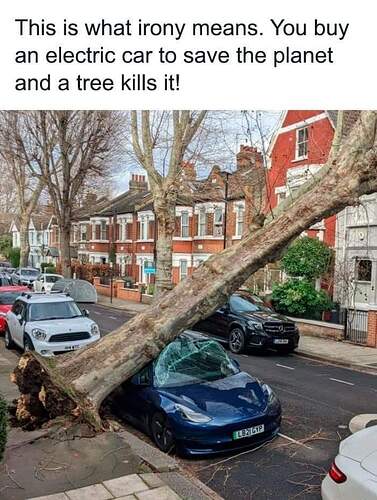Sorry to pick that specific snippet of a sentence, but there is something I can tie on to that. How big is the SA car market really? Apparently, somewhere between 1% and 2% of the global market. Tiny tiny, in other words.
It is apparently also one reason we’re still on much older Diesel regulations. Even with the dirtier engines and fuel, we’re still insignificant on the world pollution map (in terms of Diesel, not coal).
It may be one reason the big manufacturers are so slow to introduce EV options to South Africa. In Q1 2023, around 92 000 vehicles were sold, of which 232 were EVs. Not a fair statistic really (somewhat self-fulfilling), but it indicates just what a tiny tiny percentage of demand is in this country. At least for now…
That’s actually something I’ve been thinking about. Comes up often in debates with ICE-proponents too, where it usually takes the form of a False Dichotomy: Either you do everything without oil, or you abandon EVs, no other options allowed! Practice what you preach! ![]()
The reality is that the plastics, the tyres, sometimes even the mining of the non-oil things require oil. So I started wondering, what are the percentages?
Well, of every vat of crude oil we turn 45% into petrol and 29% into Diesel. So about three quarters of that barrel turns into fuel. The other 25% turns into plastics, fertilizer, even some medicines such as aspirin, penicilin, and some chemotherapy.
So my thinking is that perhaps… if we don’t burn three quarters of the stuff, we can do more good with it?
I’m also thinking, if we don’t use so much of it, what we have left under ground – for it cannot be an unlimited supply, that is mathematically certain – could probably last us long to see us through this iteration of civilisation?
If we use oil for other more long-term purposes, we’re also not releasing that carbon into the atmosphere. That is another win.
The only thing I don’t know enough about: I don’t know if you can just willy-nilly make more of one kind of product just because you make less of another. I know that you can make more Diesel and less petrol fairly easily during the refining process, but I don’t know if you can easily make more plastics, fertilizer and tar just because you want to. Do we have a chemical engineer in our midst’s?
